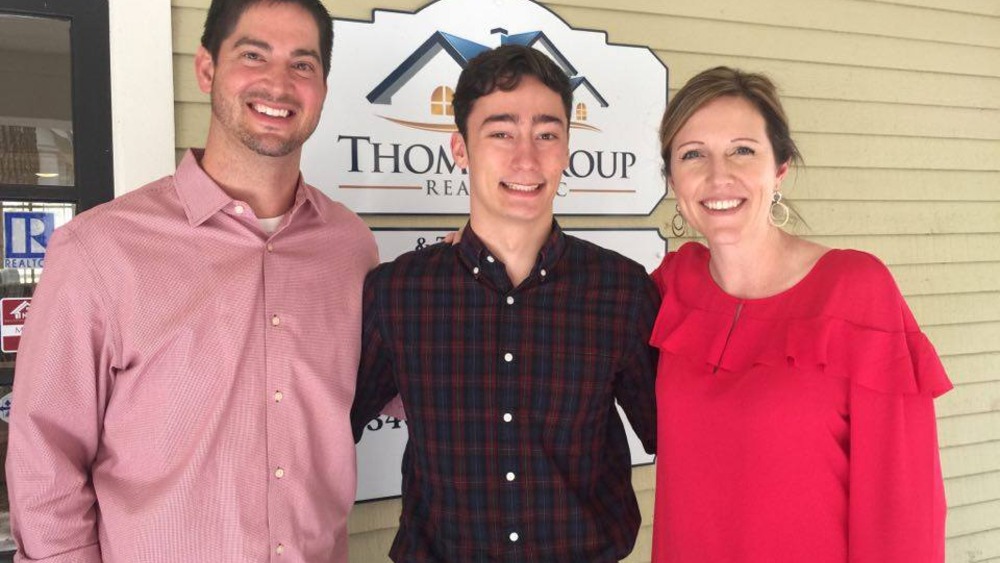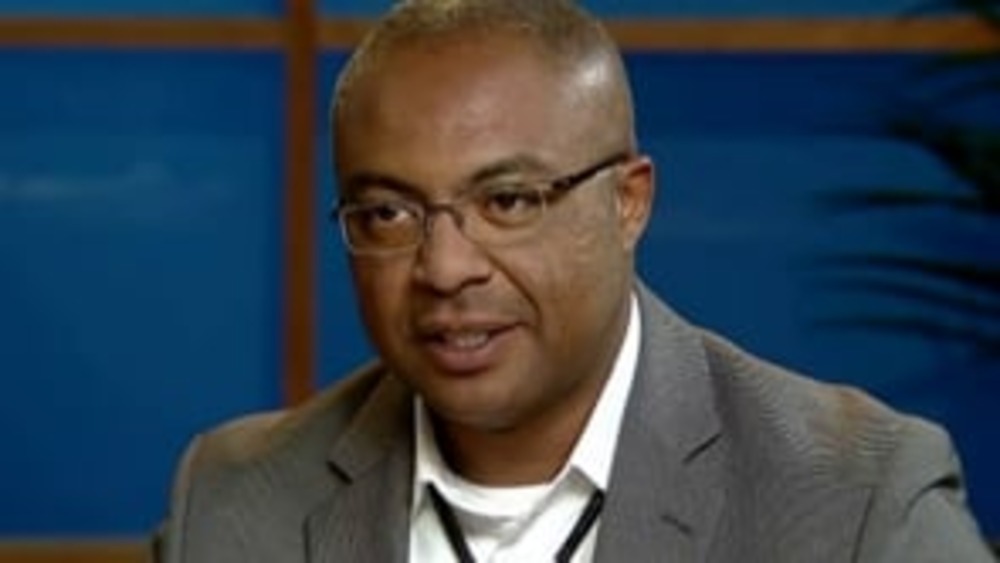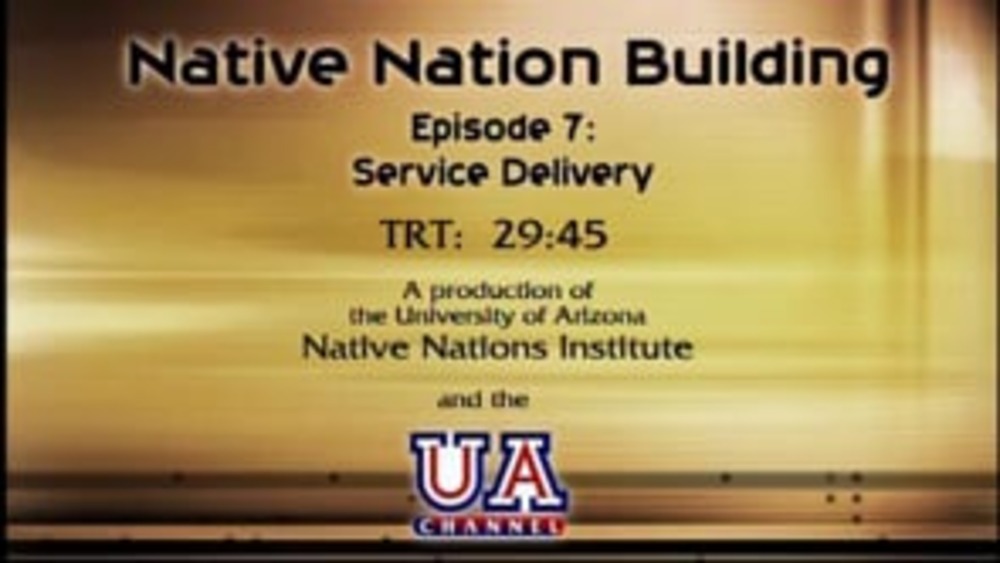Indigenous Governance Database
Eddie Brown
Thumbnail or cover image

Tribally-Driven Participatory Research: State of the practice and potential strategies for the future
This article discusses current practice of research with and by American Indian tribal governments in the United States. It begins with a brief overview of Community-Based Participatory Research and compares and contrasts its principles and methods with what this paper terms Tribally-Driven…
Thumbnail

From the Rebuilding Native Nations Course Series: "What Effective Bureaucracies Need"
Native leaders offer their perspectives on the key characteristics that Native nation bureaucracies need to possess in order to be effective.
Thumbnail

Native Nation Building TV: "Tribal Service Delivery: Meeting Citizens' Needs"
Guests Eddie Brown and Karen Diver discuss tribal program and service delivery across Indian Country. They examine the unproductive ways services and programs have been administered in many Native communities in the past, and the innovative mechanisms and approaches some Native nations are…
